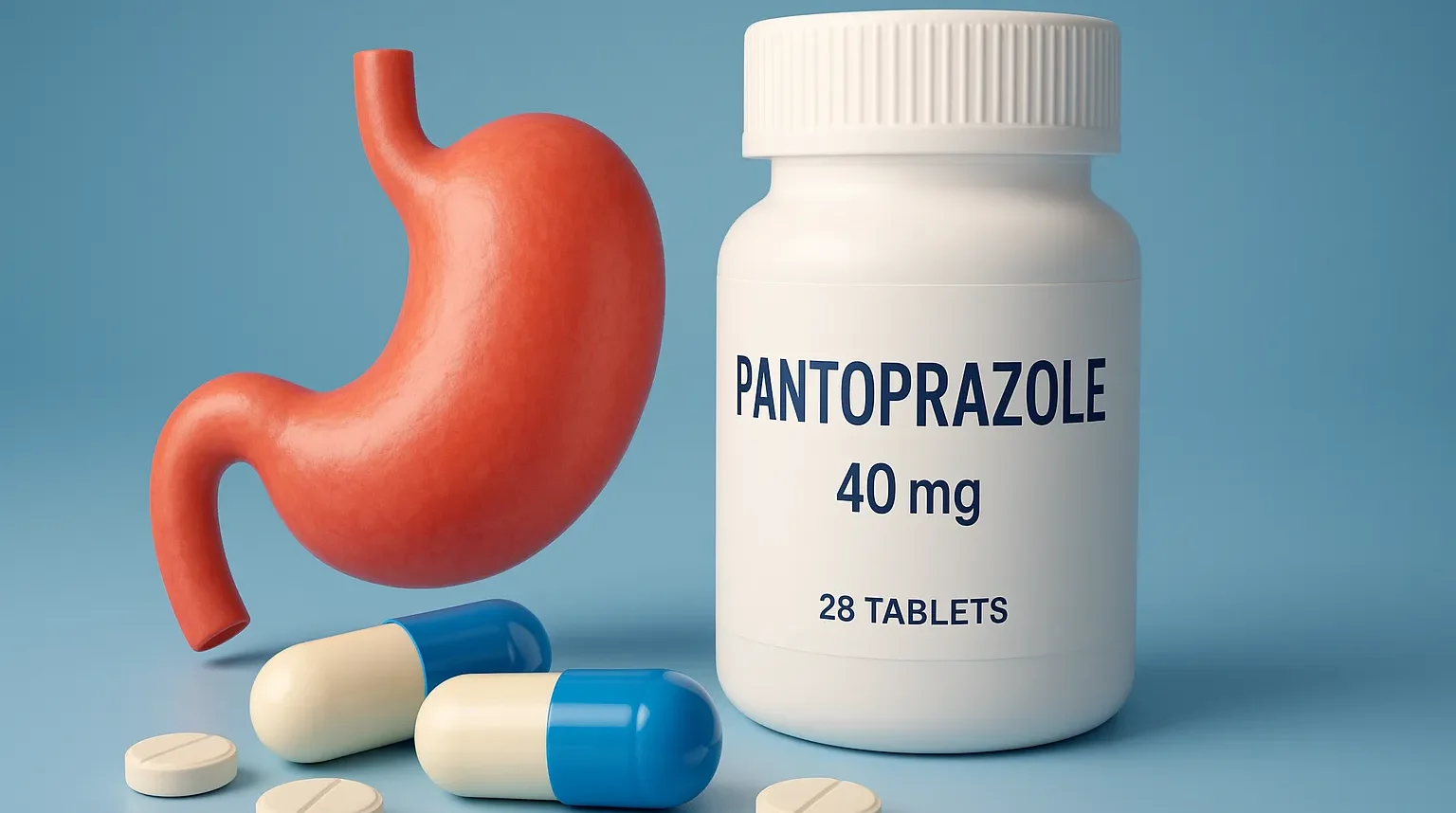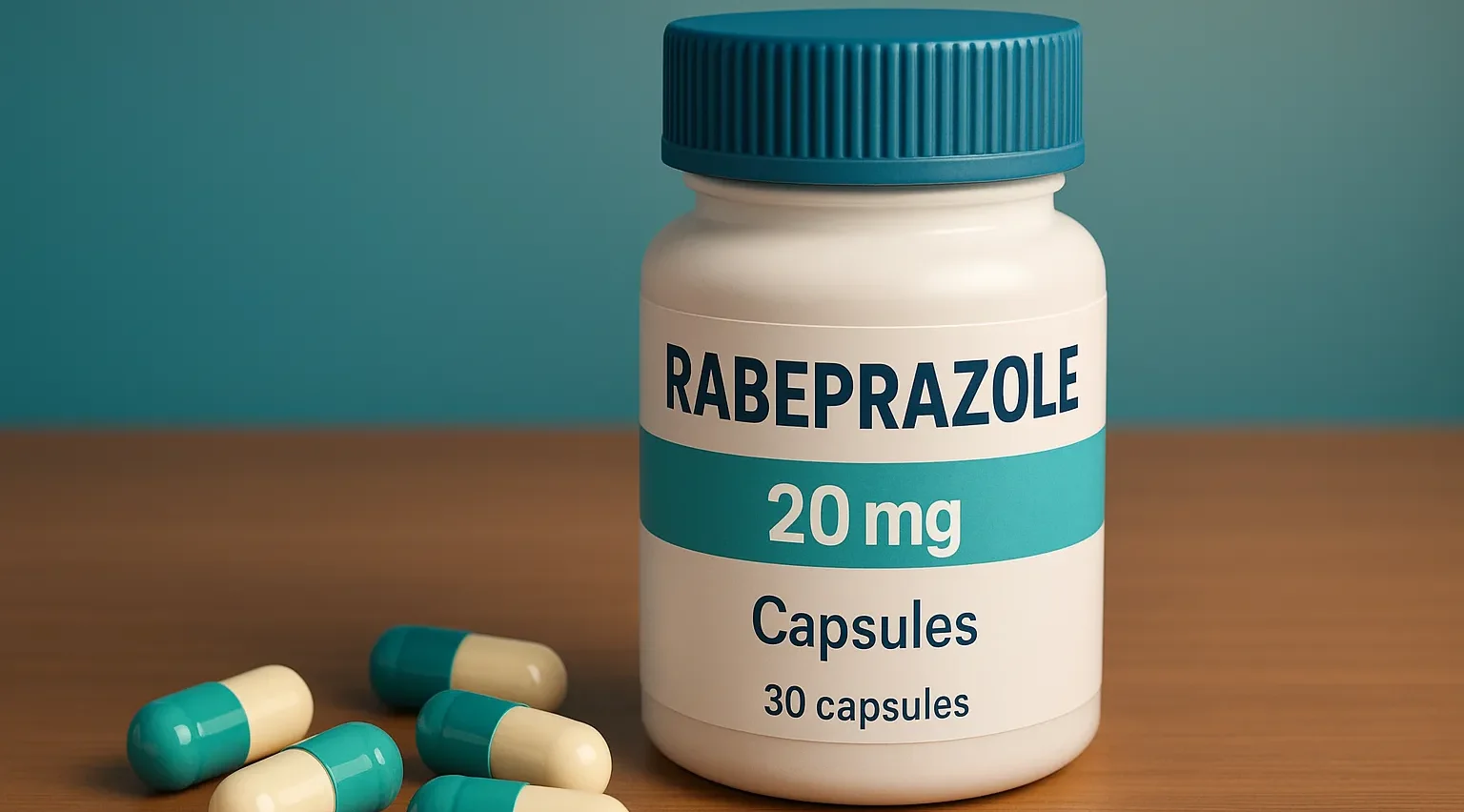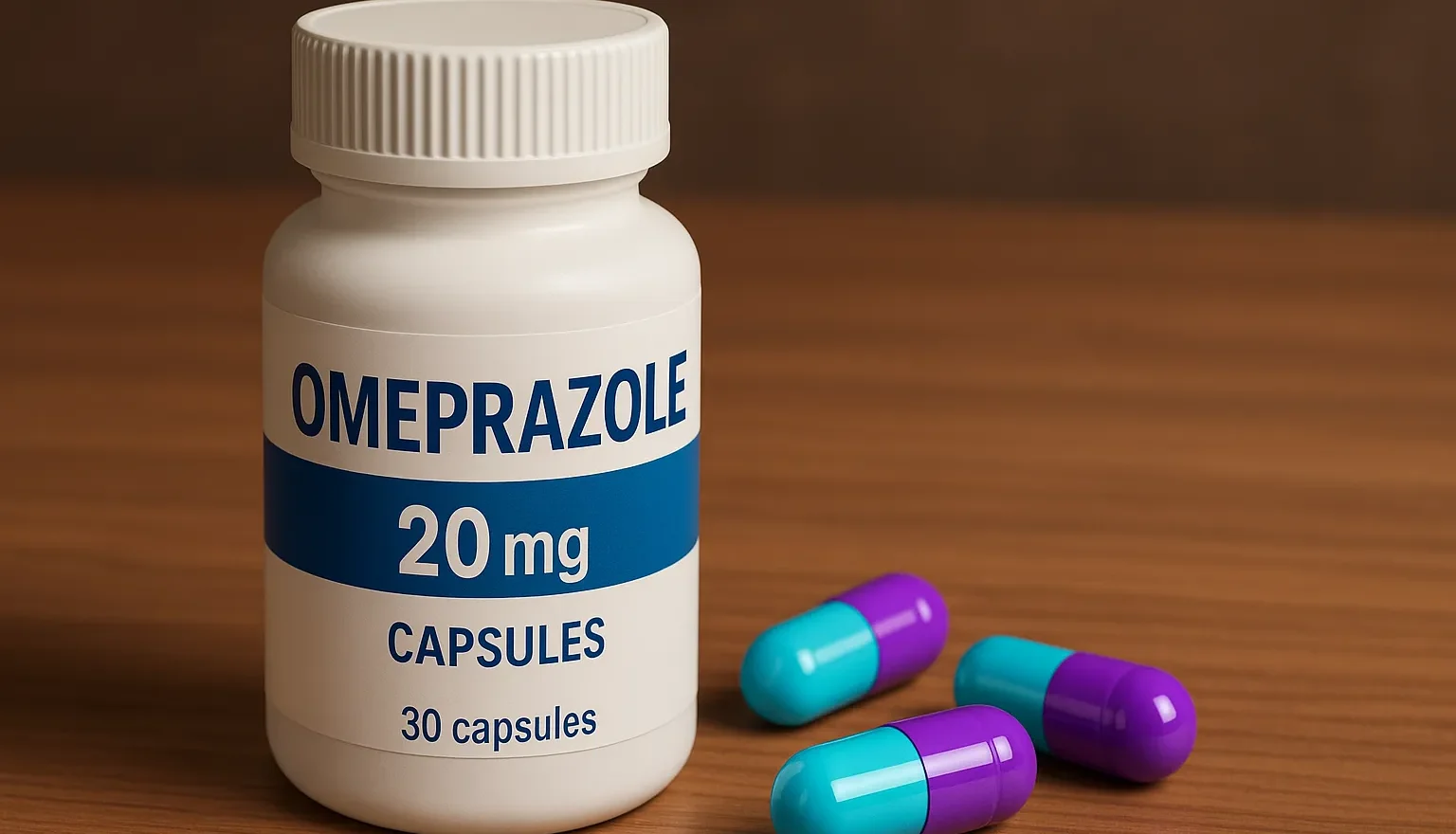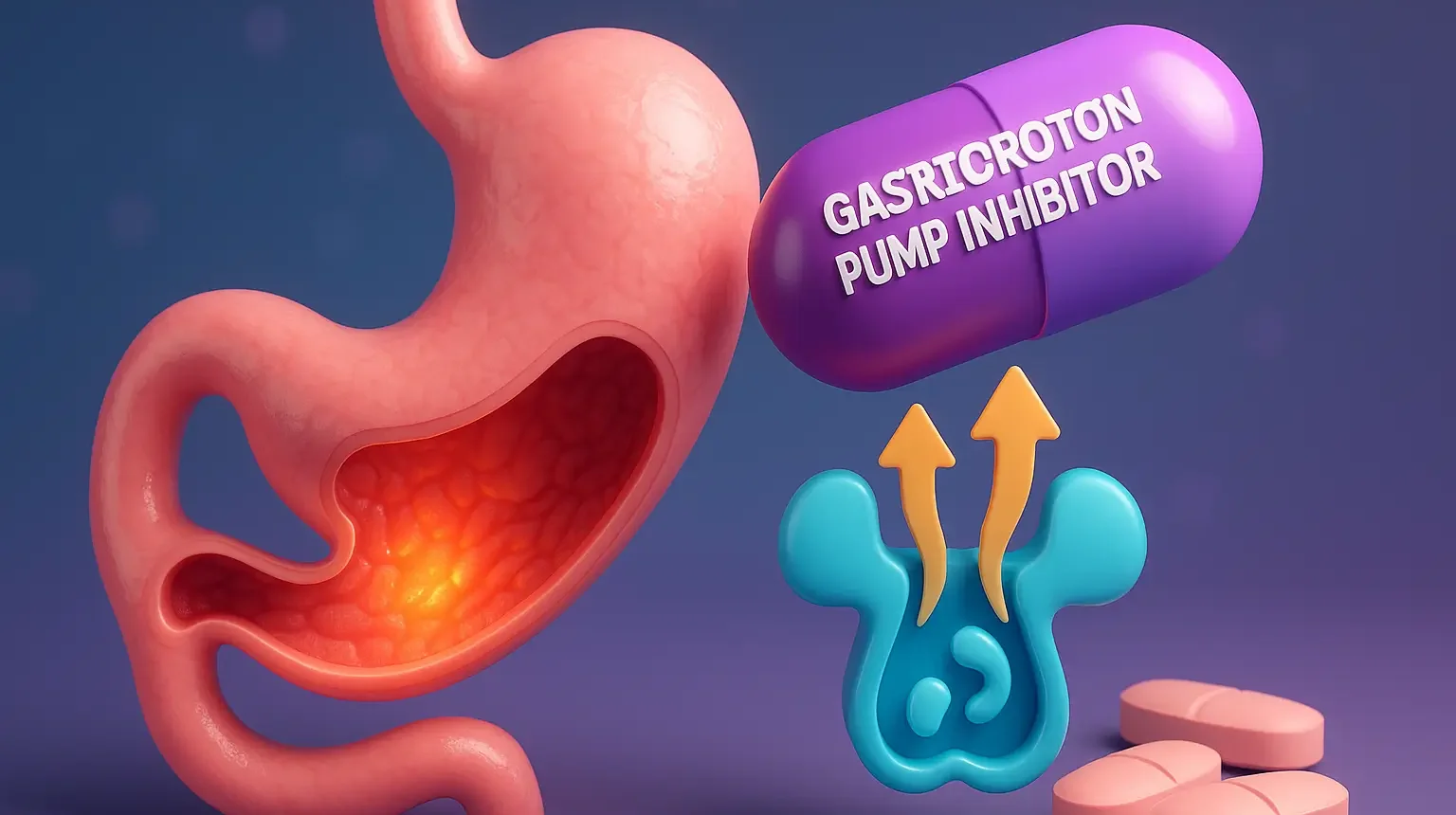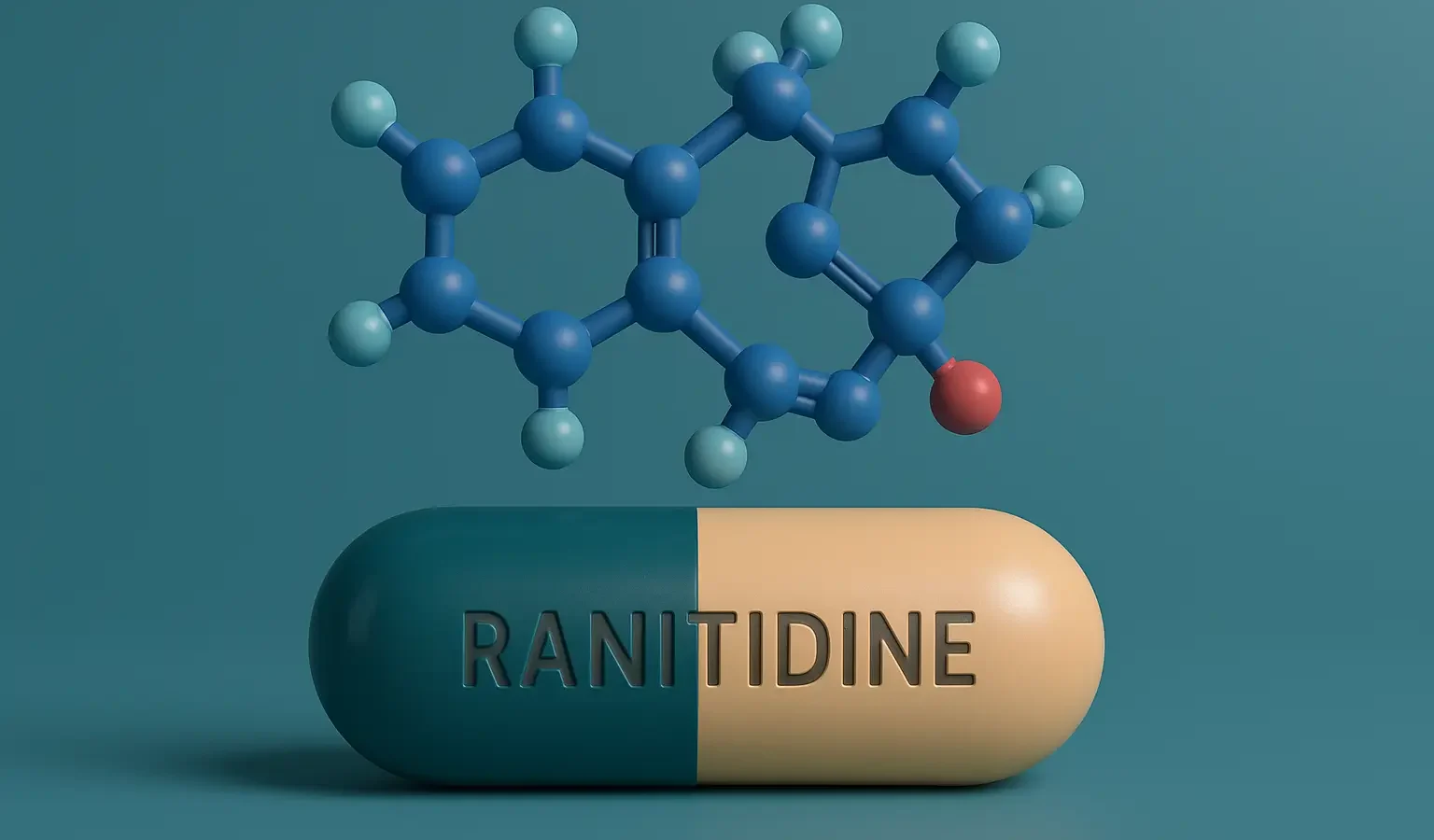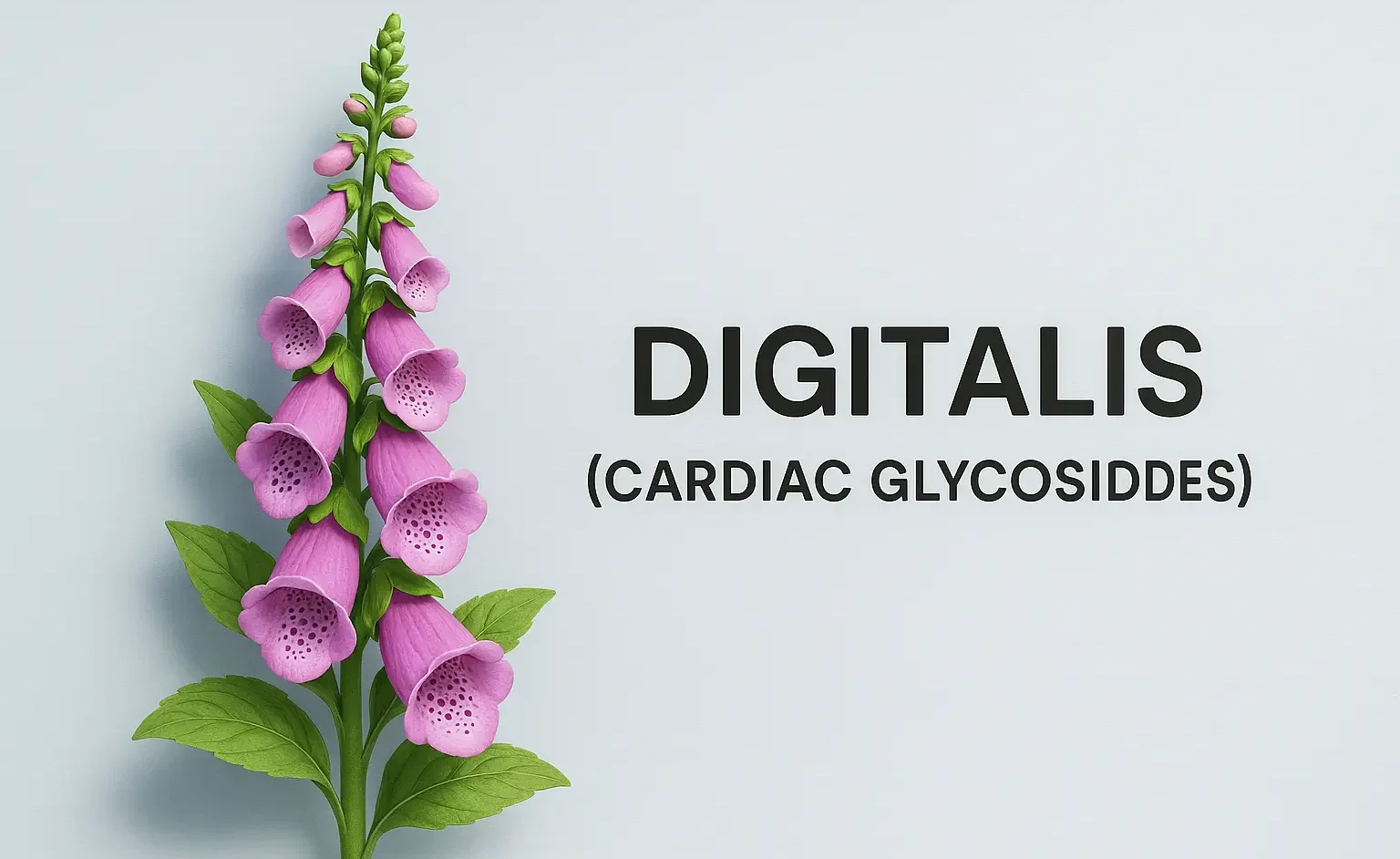Pantoprazole
Pantoprazole, a powerful gastric proton pump inhibitor, helps treat GERD, erosive esophagitis, and stomach ulcers by reducing acid production. Structure of Pantoprazole It is a benzimidazole derivative characterized by a pyridine ring fused to a benzimidazole structure, containing a sulfoxide group and a pyridine-containing side chain. Chemical Formula: C₁₈H₁₉N₃O₄S Mode of Action Pantoprazole acts as … Read more

